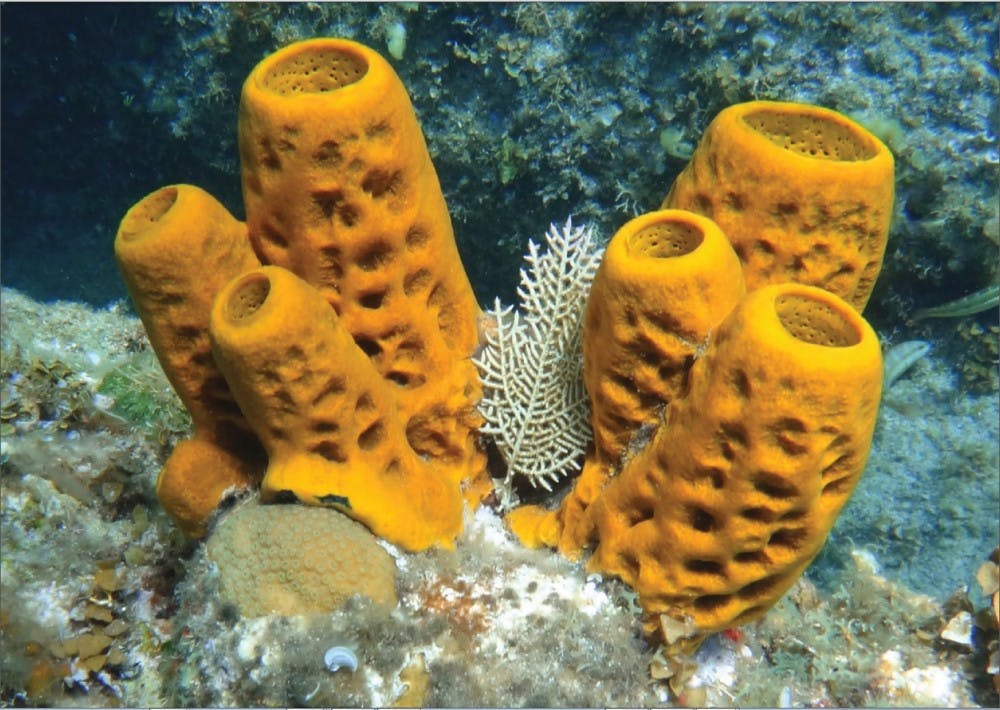
From a cloud of dust came a planet, and on that planet came life. Life leaves its mark on Earth in the form of traditional fossils and trace fossils such as organic material, allowing scientists to study organisms that have been extinct for millions of years. A recent study has found evidence of multicellular life thriving on Earth up to 660 million years ago, 60 million years before what scientists previously believed.
When Earth first formed 4.5 billion years ago, it was a ball of heat and magma. About a billion years later, once the Earth had cooled and oceans formed, it is believed that the first single-cell organisms evolved. A study in 2017 may have pushed this time back further with the discovery of microbe fossils in Canada dating back to 3.7 to 4.3 billion years ago. For the next three billion years or so, Earth was ruled by single-celled organisms. During this time the Great Oxidation Event occurred, when cyanobacteria evolved to produce oxygen. This pumped oxygen into the atmosphere, perhaps creating the ideal environment for more complex organisms to eventually evolve.
Around 600 million years ago, the first multicellular organisms appeared on Earth: simple sponges. Five-hundred and 53-million years ago, the Cambrian Explosion occurred, when the ancestors of modern-day organisms began to rapidly evolve. Since then, there have been trilobites, dinosaurs and giant sloths, with humanoids splitting off from apes only six million years ago. Today there are about 8.7 million species of organisms roaming the planet, but that doesn’t even include the numerous species that have gone extinct.
Life has had a long history on Earth, and scientists are still unravelling its route from single-celled organisms to animals as complex as humans. The timing of the evolution of multicellular organisms is a very blurred line, and a recent finding might push the timing back by 60 million years. An exclusively sponge biomarker, a molecule that records signs of life, has been dated 635 to 660 million years ago.
Sponges are the simplest of multicellular organisms, with open canals running through them that can soak up nutrients from the water. Today there are 5000 species of sponges. As the most ancient lineage of multicellular organisms on Earth, paleobiologists look for them in the rock record to determine when multicellular life arose. However, sponges do not preserve well as traditional fossils since they don’t have a skeleton. Instead, paleobiologists can use biomarkers to determine the presence of sponges.
Alex Zumberge, first author on the paper, explained why biomarkers are ideal for finding sponges.
“Molecular fossils are important for tracking early animals since the first sponges were probably very small, did not contain a skeleton, and did not leave a well-preserved or easily recognizable body fossil record,” Zumberge said in a press release.
One type of sponge, called a demosponge, contains a steroid called 26-methylstigmastane (26-mes), which can be used as a biomarker. The important thing about 26-mes is that no other organism is known to synthesize this steroid, so its presence means that demosponges must have also been present.
Zumberge and Gordon Love, a paleobiologist at the University of California, Riverside, found 26-mes in rocks and oils from Oman, Siberia and India that date back to 635 to 660 million years ago.
Zumberge commented on their findings.
“This steroid biomarker is the first evidence that demosponges, and hence multicellular animals, were thriving in ancient seas at least as far back as 635 million years ago,” Zumberge said.
This new finding may help paleobiologists narrow down the exact moment life went from simple, single-celled organisms to multicellular organisms with complex cells that do different jobs. It also helps create a timeline for evolution, allowing scientists to better understand the mechanisms and conditions of evolution that are applicable to the 8,700 species alive today. And if we play our cards right, maybe one day we’ll find that very first multicellular organism that started it all.





